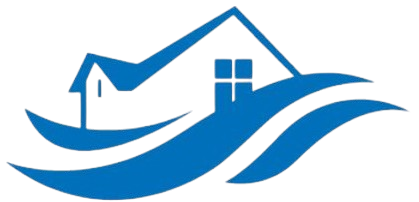Mold Structural Damage Restoration Services in Greater Lansing, Michigan
Possible Causes of Mold and Structural Damage
Many homeowners and property managers in Greater Lansing face issues with mold and structural damage caused by excess moisture and water intrusion. Common sources include leaking roofs, burst pipes, or malfunctioning appliances that can introduce significant moisture into walls, ceilings, and floors. Over time, this persistent dampness creates an ideal environment for mold growth, which can compromise the integrity of building materials.
Another frequent cause is inadequate ventilation or poor air circulation, especially in basements, bathrooms, and kitchens. When moisture isn’t properly ventilated, it stays trapped within the structure, leading to mold development and weakening of structural elements like drywall, wood framing, and insulation. Ignoring these issues can result in costly repairs and health hazards for occupants.
How Our Experts Can Fix Mold and Structural Damage
Our team begins with a thorough assessment to identify the extent of mold growth and underlying water issues. We use advanced moisture detection tools to pinpoint hidden sources of water intrusion and evaluate the damage to building materials. This detailed inspection guides our remediation plan tailored specifically to your property’s needs.
Once the problem areas are identified, our specialists implement containment measures to prevent mold spores from spreading to uncontaminated areas. We utilize professional-grade cleaning agents and antimicrobial treatments to eliminate mold and prevent future growth. In parallel, we repair or replace damaged drywall, framing, or insulation, restoring your property to its pre-damage condition.
Throughout the entire process, our team ensures proper drying and ventilation techniques are employed to remove residual moisture. We also provide guidance on moisture control strategies to prevent recurrence, such as sealing leaks or improving ventilation systems. Our goal is to deliver a complete, long-lasting solution that protects your property’s structural integrity and supports healthy indoor air quality.
Why We Are the Best Choice for Mold and Structural Damage Restoration
Our experienced technicians bring local knowledge and specialized training to every project, ensuring efficient and effective remediation. We understand the unique building styles and climate factors in Greater Lansing, which allows us to tailor our solutions precisely to your situation.
We pride ourselves on using state-of-the-art equipment and eco-friendly products to deliver safe, thorough, and sustainable repairs. Our team follows industry-leading standards to meet all safety and health regulations, giving you peace of mind that your property is in capable hands.
Customer satisfaction is at the core of our service. We work with transparency, keeping you informed at every step, and completing projects on time and within budget. Call us today at (888) 884-7150 for expert mold and structural damage restoration you can trust in Greater Lansing.
Frequently Asked Questions
What are the signs of mold growth in my home?
Common signs include a musty odor, discolored or peeling walls, and visible mold patches on surfaces. You may also experience health symptoms like allergies or respiratory issues, especially in damp areas.
How long does mold remediation typically take?
Remediation duration varies depending on the size of the affected area and the extent of damage. Most projects take between one to three days, but comprehensive repairs could take longer. Our team will provide an estimated timeline after inspection.
Is mold damage covered by homeowner’s insurance?
Coverage depends on your specific policy and the cause of water intrusion. Typically, sudden or accidental incidents like burst pipes are covered, while ongoing issues from neglect may not be. Check with your insurance provider for detailed information.
Can structural damage cause health problems?
Yes, compromised structural elements can harbor mold and other allergens, which pose health risks such as respiratory issues, headaches, or allergies. Removing mold and repairing structural damage improves indoor air quality and safety.
How can I prevent mold growth in the future?
Maintaining proper ventilation, fixing leaks promptly, using dehumidifiers, and ensuring adequate drainage around your property can help prevent mold. Regular inspections and moisture control are key to keeping your home safe and dry.
